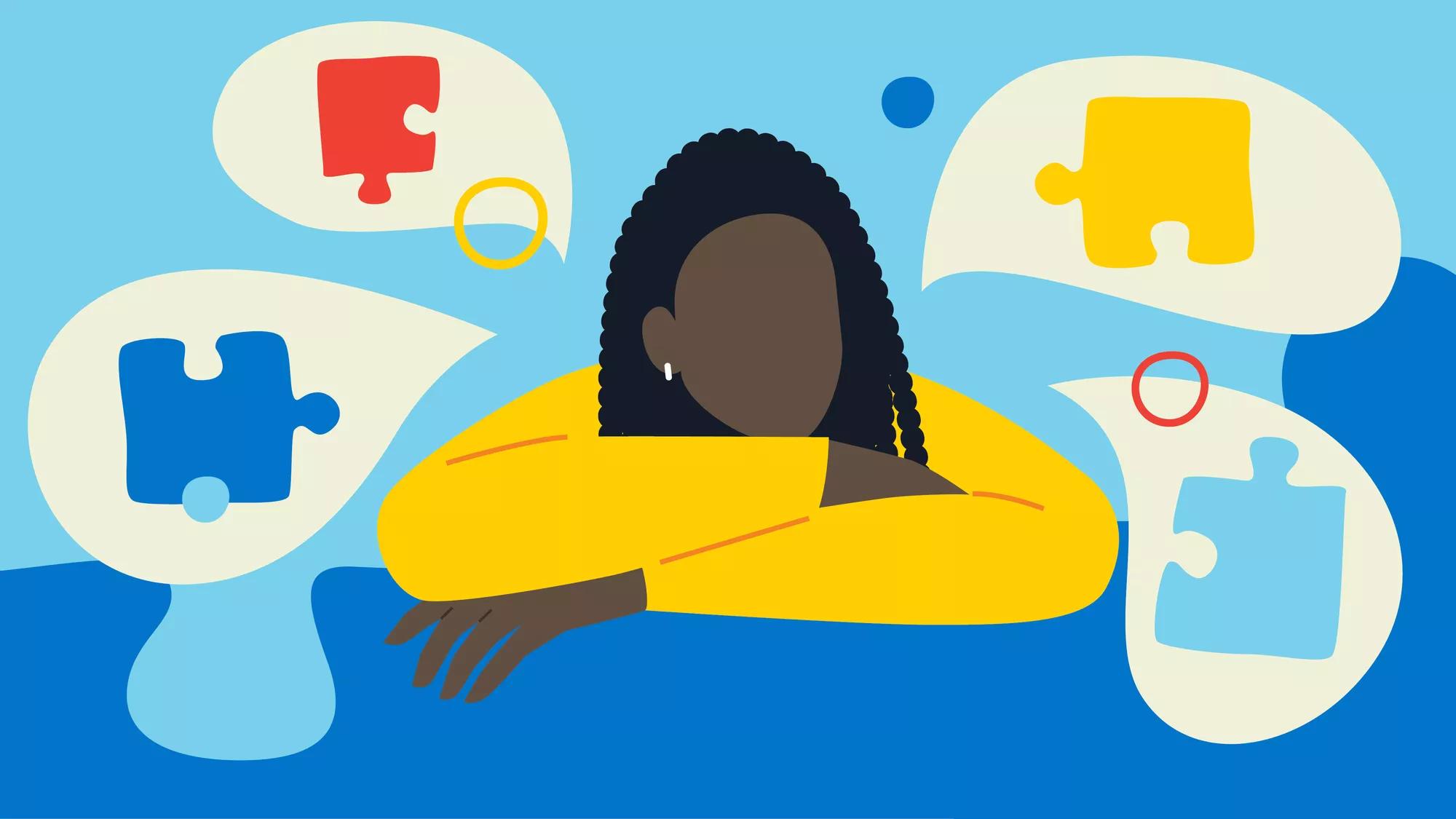Discovering Autism: Techniques for Efficient Interaction and Communication
Reliable interaction and communication with people on the autism range demand a comprehensive understanding of their distinct requirements and preferences. Techniques such as utilizing clear language, using aesthetic assistances, and promoting constant regimens can dramatically boost involvement and decrease stress and anxiety. Additionally, identifying the importance of non-verbal cues and shared interests paves the means for meaningful connections. Nevertheless, the ins and outs of these strategies disclose more factors to consider that merit exploration, particularly in how they can be adapted to diverse contexts and individual experiences. What might these adaptations look like in practice?
Understanding Autism Range Condition
Autism Range Condition (ASD) encompasses a variety of neurodevelopmental conditions defined by challenges in social communication, interaction, and repeated actions. The term "spectrum" shows the varied manifestations and differing levels of seriousness experienced by people with ASD. While some may show considerable impairments, others might show high-functioning attributes, permitting better independence in everyday life.
The start of ASD normally occurs in early childhood years, with signs typically recognizable by age 2. Very early signs may consist of postponed speech development, restricted eye contact, and problems in recognizing social cues. The accurate etiology of ASD continues to be unclear, research suggests a combination of environmental and hereditary variables plays a crucial duty in its advancement.
People with ASD usually have special staminas, such as increased interest to information and remarkable memory skills. They might battle with recognizing abstract principles and taking care of adjustments to regular - autism. Because of this, treatments and assistance tailored to individual requirements are essential for cultivating interaction and social skills. Acknowledging the complexity of ASD is vital for promoting awareness, approval, and reliable methods that assist in significant interactions with individuals on the range.

Relevance of Clear Communication
Effective communication is vital for fostering understanding and link, specifically for individuals with Autism Spectrum Problem (ASD) Clear interaction not just facilitates social communications yet additionally improves the individual's capacity to express their ideas, emotions, and demands. For individuals with ASD, the nuances of language can typically be challenging; therefore, making use of uncomplicated and unambiguous language is vital.
Furthermore, clear interaction assists reduce aggravation and anxiousness that might occur from misconceptions. When messages are communicated in a direct and regular manner, people with ASD are better equipped to translate information properly, which can dramatically boost their social interaction and engagement in different setups.
Establishing routines and using visual supports can better boost clear communication. These methods provide people with foreseeable frameworks that aid comprehension and retention of details. Additionally, proactively listening and being patient during communications advertises a supportive setting where people with ASD feel valued and comprehended.
Inevitably, prioritizing clear communication not only encourages individuals with ASD however additionally fosters even more meaningful connections with their peers, caregivers, and the broader area, leading the way for collective relationships and inclusive interactions. - autism
Non-Verbal Communication Strategies
Interaction extends beyond words, and for individuals with Autism Range Problem (ASD), non-verbal hints play a substantial role in interactions. Non-verbal communication strategies can include faces, gestures, body movement, and eye call, all of which serve as essential parts for conveying feelings and intents.
Comprehending and translating these non-verbal signals can boost communications with people with ASD. A cozy smile or open stance can create a welcoming atmosphere, encouraging engagement. Making use of visual help-- such as image cards or icons-- can connect communication gaps and help share messages more properly.
It is also crucial to be mindful of individual room, as people with ASD may have different comfort levels relating to proximity. Observing their responses to physical nearness can inform appropriate changes.

Creating Supportive Settings
Producing a supportive setting is critical for promoting positive interactions and enhancing the health of people with Autism Spectrum Problem (ASD) Such atmospheres can considerably reduce stress and anxiety and produce a sense of safety and security, permitting individuals to express themselves extra easily.
To achieve this, it is important to consider sensory level of sensitivities that individuals with ASD may experience. Customizing the physical space to consist of soft lighting, marginal background noise, and comfy seating can develop a relaxing environment. Furthermore, making use of constant regimens and clear aesthetic schedules can aid individuals prepare for transitions and reduce unpredictability, additional advertising comfort.
Social areas ought to be structured to lessen overwhelming stimuli while giving chances for involvement in recommended browse around here activities. Promoting areas Get More Info assigned for silent time can also work as a haven throughout moments of stress and anxiety. Importantly, integrating components of choice empowers individuals, enabling them to exercise firm in their environment.

Motivating Social Interactions
Cultivating social interactions amongst individuals with Autism Range Disorder (ASD) calls for intentional approaches that prioritize convenience and engagement. Developing predictable routines can aid minimize anxiety, making social settings extra friendly. Developing structured settings with specified obligations and duties enables people to engage without the frustrating stress of unstructured social dynamics.
Integrating passions and toughness into social activities can offer as a catalyst for interaction. Arranging team activities around shared hobbies or topics of attraction can assist in all-natural conversations and connections. Furthermore, using aesthetic assistances, such as social scripts or pictorial routines, can help in recognizing social cues and expectations.
Designing ideal social actions is vital - autism. Peers and grownups need to demonstrate effective communication methods, consisting of energetic listening and turn-taking. Role-playing scenarios can also supply a secure space for people to exercise these abilities
Last but not least, cultivating peer relationships via inclusive techniques is crucial. Urging comprehensive playdates or team trips can produce chances for socialization in a comfortable setting. By executing these caretakers, approaches and instructors can considerably boost social interactions for people with ASD, advertising their general social development and well-being.
Conclusion
Finally, reliable communication and communication techniques are important for sustaining individuals with Autism Range Condition. Highlighting clear language, including non-verbal hints, and establishing foreseeable routines substantially boost engagement and decrease stress and anxiety. Creating supportive atmospheres fosters risk-free social communications, while encouraging shared passions promotes significant links. Ultimately, these methods encourage individuals with autism to browse social landscapes, advertising their overall wellness and allowing the development of long lasting partnerships.
Reliable communication and interaction with individuals on the autism spectrum require a thorough understanding of their unique needs and preferences. Clear communication not only promotes social communications but also enhances the individual's ability to express their check my blog ideas, feelings, and requirements.Promoting social interactions among individuals with Autism Spectrum Disorder (ASD) requires intentional techniques that prioritize comfort and engagement. By implementing these approaches, instructors and caretakers can dramatically improve social interactions for individuals with ASD, advertising their general social advancement and well-being.
In verdict, efficient communication and communication methods are necessary for sustaining individuals with Autism Range Condition.